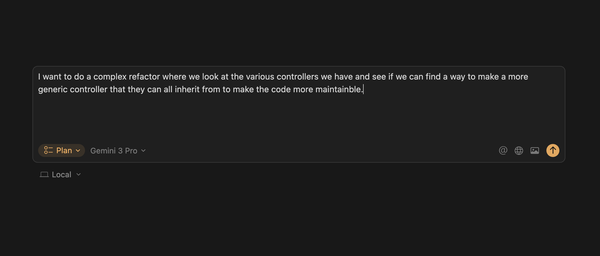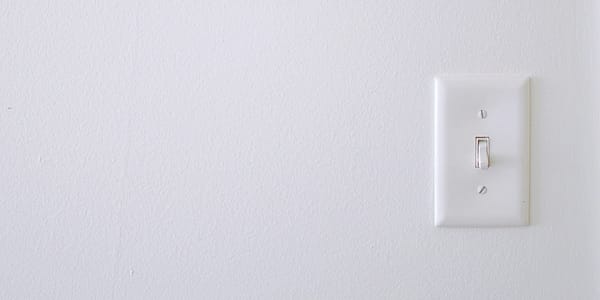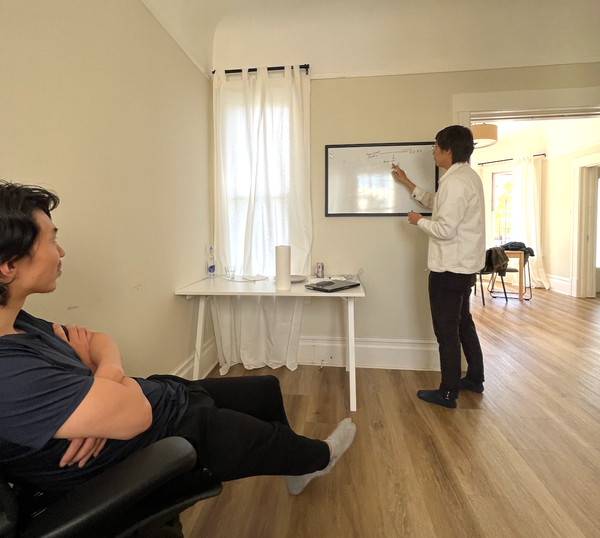Habit Change That Works
Eawakened: How to Form a Habit That Sticks
For 378 days, according to my strides app, I’ve worn the badge of “healthy hands.” That might sound ridiculous coming from a chronic nail biter like me, but trust me, these fingernails – once perpetually bloody stubs – are practically pageant-worthy. No, they’re not ballerina-length masterpieces, but considering my history, they’re pretty darn phenomenal.
And I have one unexpected hero to thank: a podcast episode and a simple phrase that shifted my entire perspective on habit formation.
It happened on December 27th, while I was assembling an Ikea table for my new 3D printer (Christmas gift to myself, thank you very much). I was listening to “Below the Line” with James Becerra, an old CEO of mine. Now, the episode itself was a heartbreaker – James losing his sister to suicide. But amidst the sadness, there was a sentence that stopped me cold.
He was talking about his friend’s observation: “James, you say you’re calm, but you bite your nails. How calm can you really be?” In that moment, after 30 years (okay, let’s say 36) of failed nail-biting interventions, something clicked. I wasn’t biting my nails because I wasn’t calm. I believed I was calm, collected, the crisis-ready rock everyone leaned on. It was part of my identity.
Suddenly, there was “pre-sentence James” and “post-sentence James.” I revisited James Clear’s “Atomic Habits,” that New Year’s resolution staple, and found myself obsessing over his concept of self-identity. This was it!
Clear uses the example of smokers: offer two people a cigarette, one says “no, I’m trying to quit,” the other says “no, I’m not a smoker.” Guess who’s more likely to stay smoke-free? The “not a smoker,” because they’ve woven it into their core being. Similarly, a woman who lost weight and kept it off asked herself, “What would a healthy person do?” She embodied the identity, and the results followed.
For me, it became, “What would a calm person do?”
Look, I’ve tried every habit-forming hack in the book (pun intended). But James Clear wasn’t wrong when he called this one of the most profound strategies. This wasn’t just some self-help theory; it was an awakening. Inspiration can strike anywhere, even while assembling furniture in your basement.
So, here’s my little nugget of wisdom: to truly build a habit, become the person you want to be. If you’re a writer, write. If you’re a runner, run. Don’t just “try” – embody that identity.
Don’t get me wrong, “Atomic Habits” is a treasure trove. But I firmly believe that imagining your ideal self and asking, “What would they do?” is the most powerful habit-forming tool there is. Chances are, your ideal self wouldn’t bite their nails, overeat, or skip that run (or write that book).
So, go forth and awaken your own inner ideal. The results might just surprise you.




